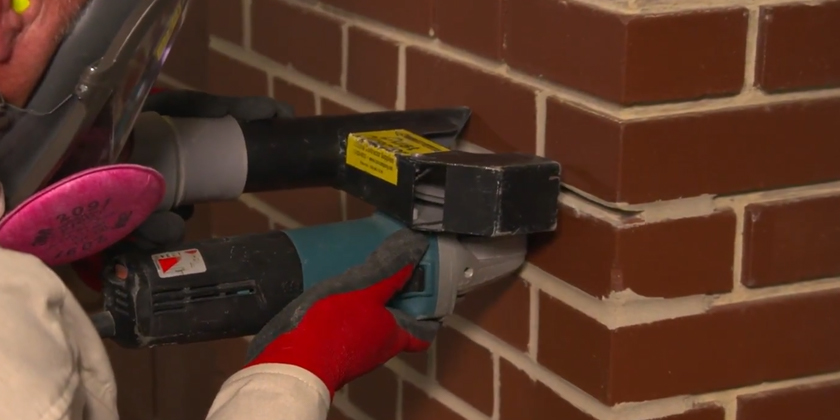Silica Dust Collection Equipment
It’s found in a large number of materials associated with construction and building projects. In fact, it is one of the most common substances in our environment. Knowing a bit about silica dust will solidify the importance of having silica dust collection equipment in place. So let’s get into the granularity of the topic.
What is Silica?
Silica ia a substance is readily found in many construction materials. For example, silica is a major ingredient in cement, ceramics like porcelain, bricks and blocks, asphalt, and even glass and soil. Not only that, but silica is also a main material in natural stone like granite, quartz, and quartzite. In fact, silicon dioxide (another name for silica) is so ubiquitous you might be surprised at how many materils contain it.
Some professions that produce silica dust include the following:
- Stone Fabrication – stone fabrication involves cutting drilling and sanding natural and engineered stone. All of these tasks produce dust.
- Tile Installers – cutting ceramic and porcelain tiles (which causes dust) is a major part of this profession.
- Landscaping Professional – pavers and blocks used in landscaping and hardscaping projects are often cut and/or shaped.
- Concrete Workers – concrete saws used by concrete workers generate a lot of dust.
- Fiberglass Fabricators – fiberglass repair and fabrication shops sand fiberglass which produces dust.
- Porcelain Fabrication – porcelain countertop fabrication involves that same kinds of tasks mentioned above for stone fabrication.
- Demolition Workers – demolition without a doubt generates a tremendous amount of dust.
- Abrasive Blasting – blasting tools use a blasting media that is streamed with force against a surface. The blasting media, that material being removed and the surface itself can each produce dust during this process.
- Construction Workers – construction consists of several takss that invole cutting, sanding, and drilling. Each of those tasks generates dust and depending on the material being operated on, the dust could contain silica.
Is Working Around Silica Dust Dangerous?
The short answer to the question of whether it is dangerous to work round silica dust is, it depends. You see, the danger comes from breathing it, not from being around it.
Getting silica dust on you is not where the risk is. Rather, airborne particulates present a health risk to workers that are frequently exposed to specific amounts of the dust. Exposure to respirable silica dust is associated with a range of issues.
Exposure to Respirable Silica
The effects of long term exposure to respirable crystalline silica are associated with a number of health problems. Some of these include:
- COPD
- Silicosis
- Lung Cancer
- Lung Disease
- Tuberculosis
- Kidney Disease
- Autoimmune Diseases
These health problems primarily affect the respiratory system so it is easy to see the connection to silica dust.
OSHA and Respirable Silica
Recently OSHA toughened the standards for exposure to respirable crystalline silica dust. Many industries are affected by the rule changes.
Having silica dust collection equipment installed and operating reduces the exposure. In addition to collection equipment there are other safety measures that further reduce the risk of exposure to workers. For more information on the standard, see the 1926.1153 document.
Silica Dust Collection Booth

